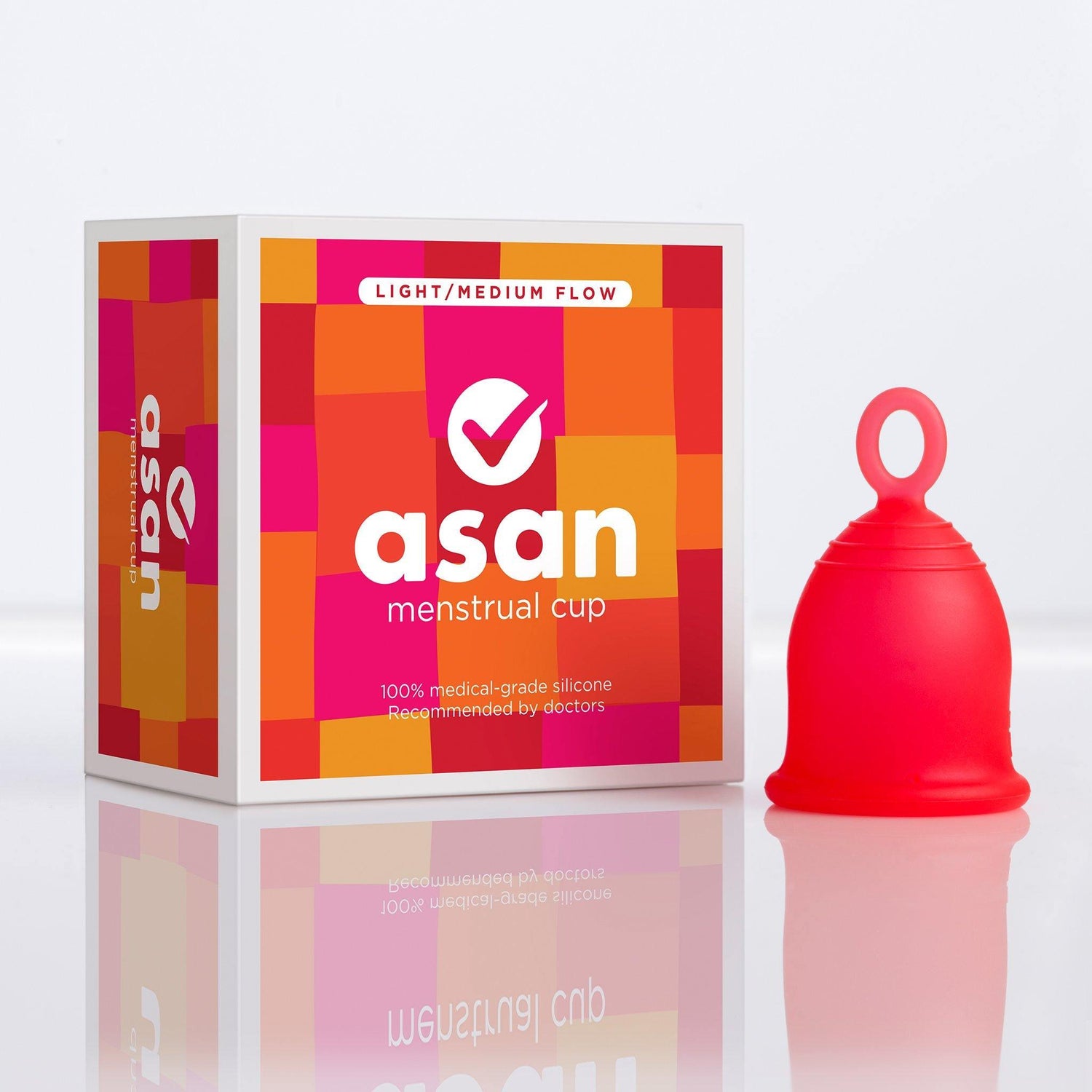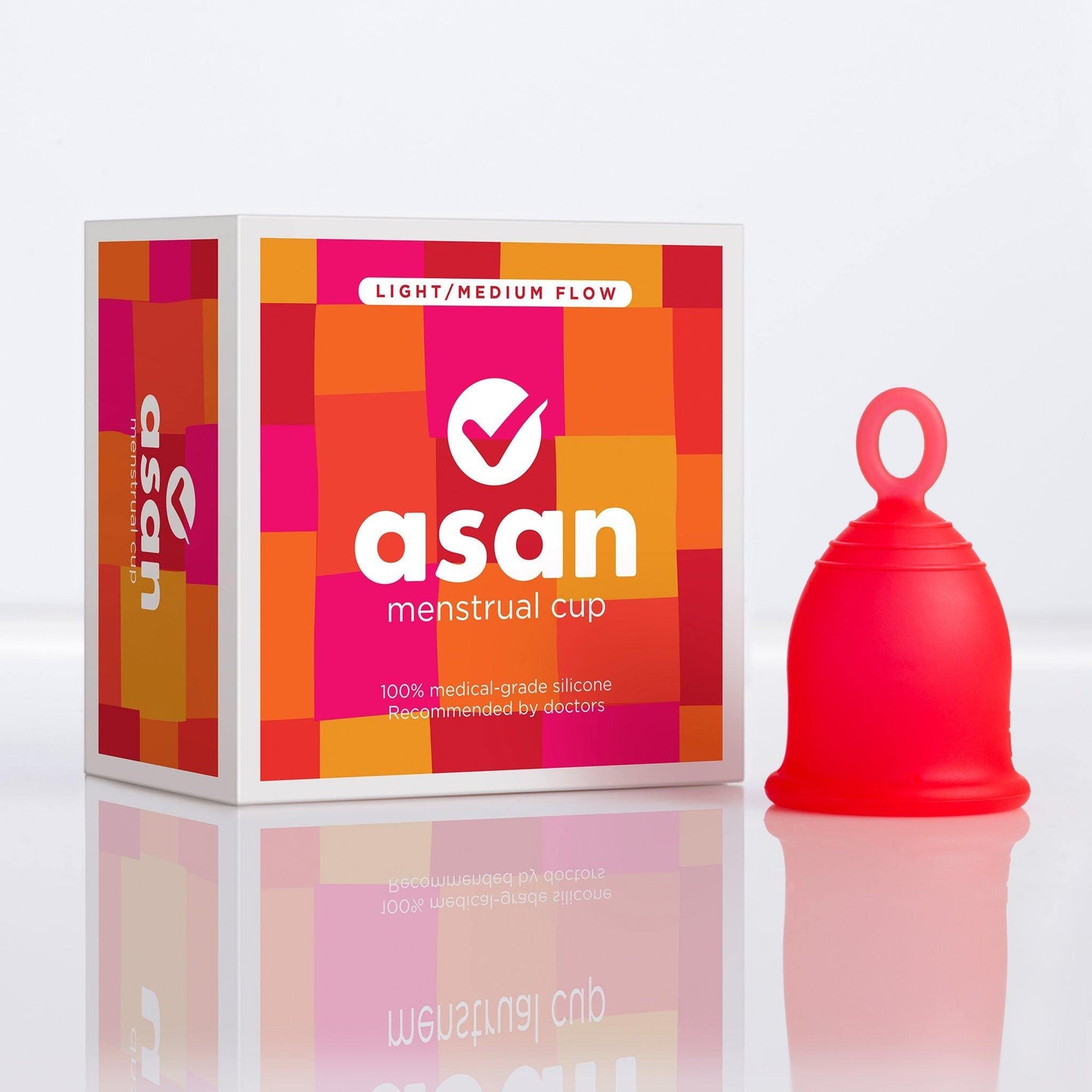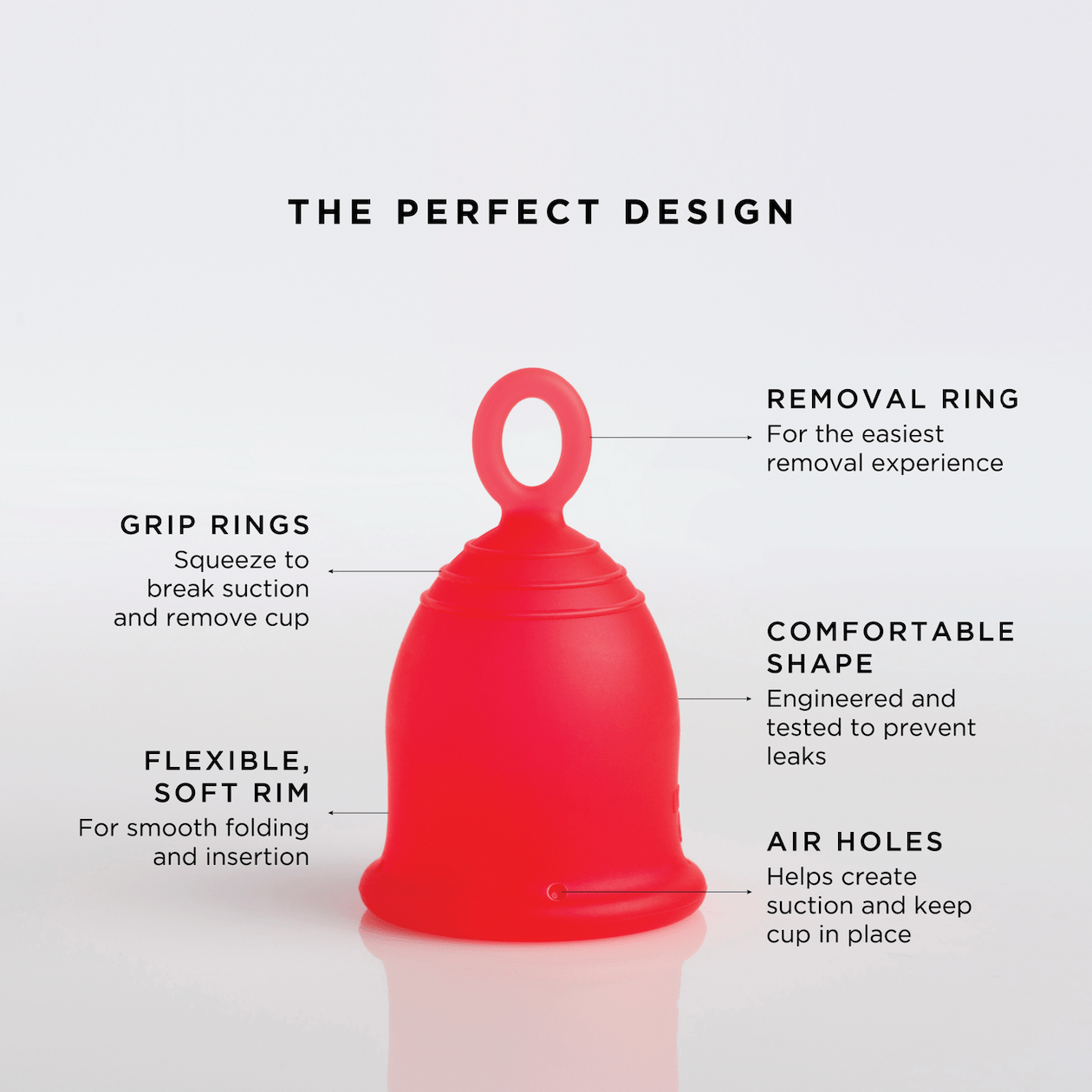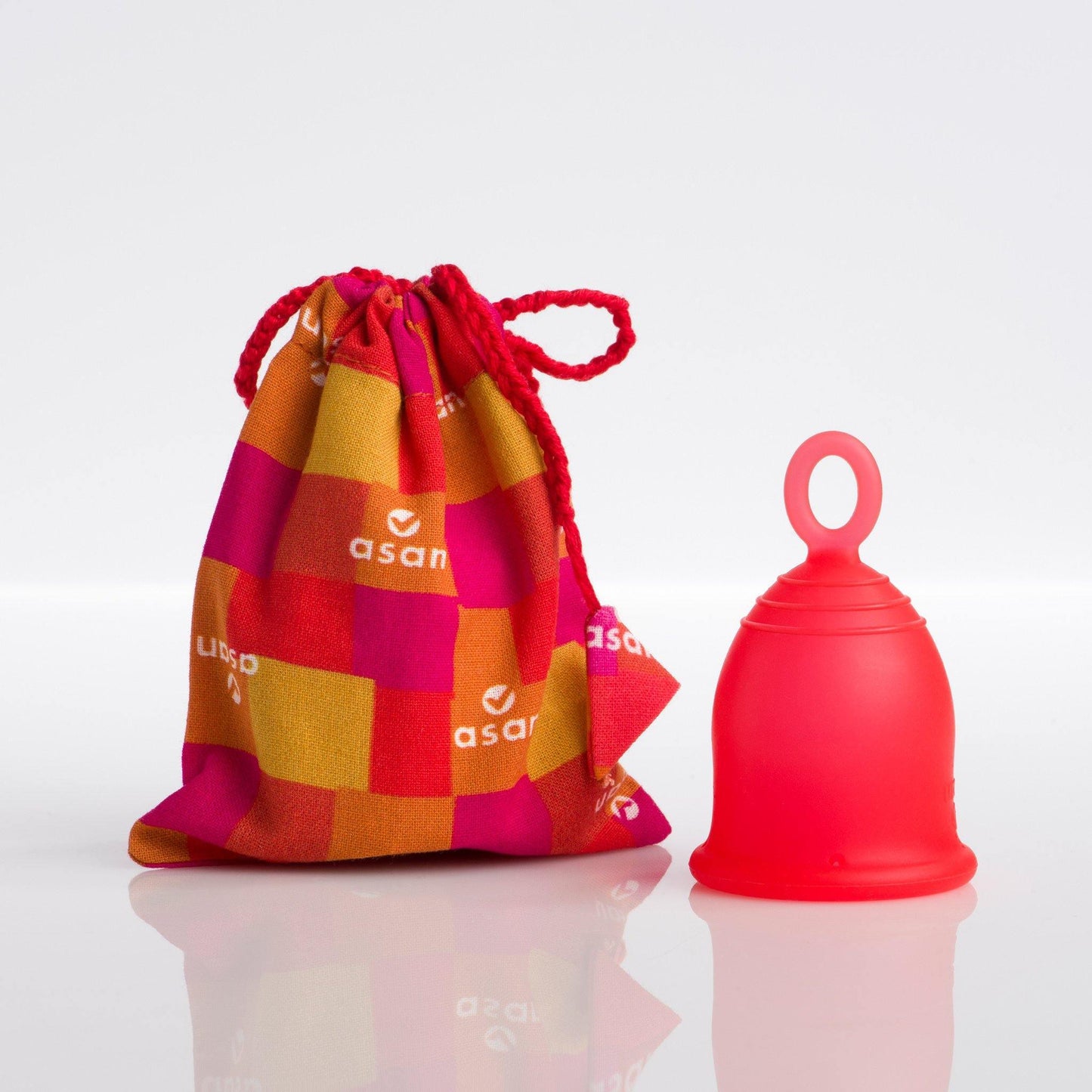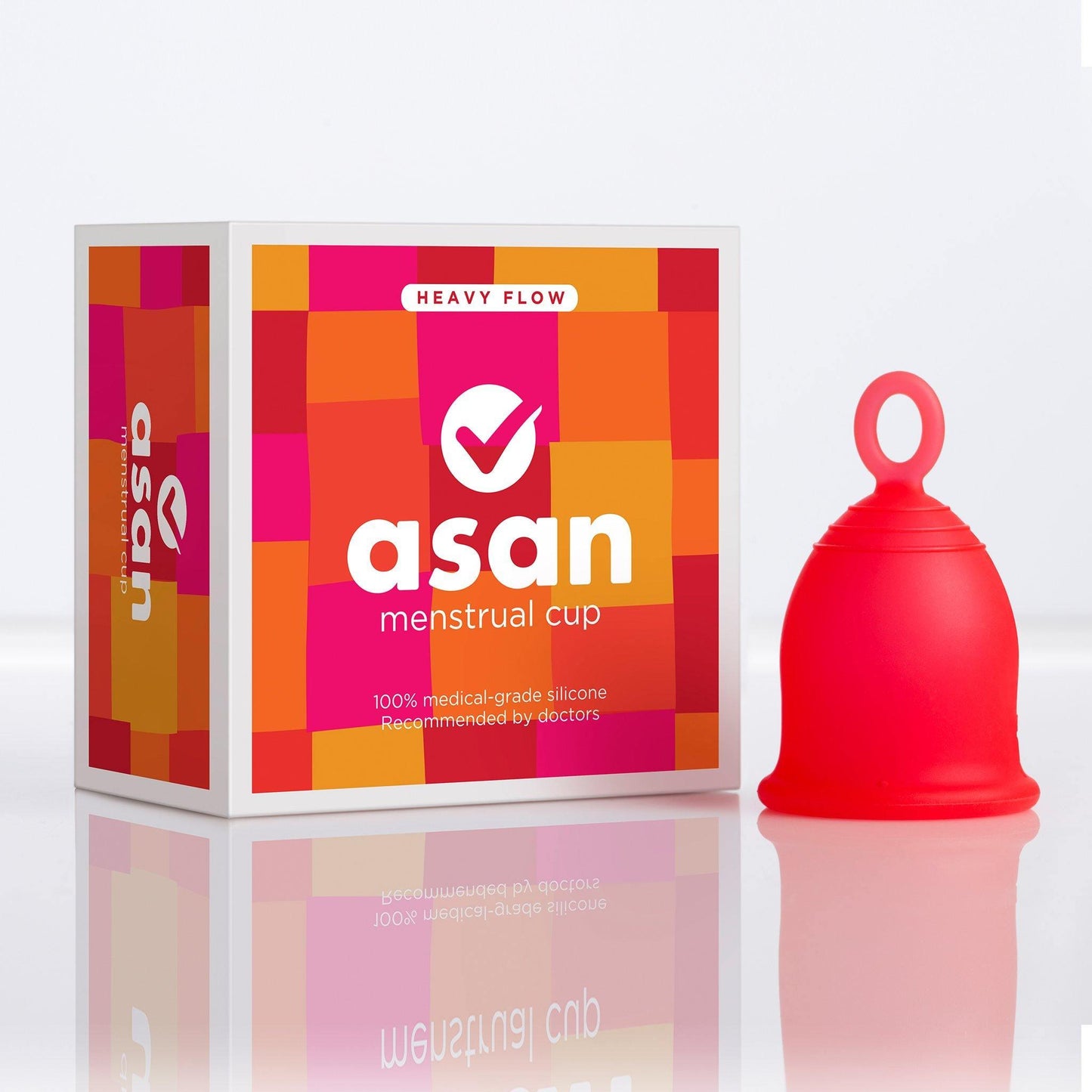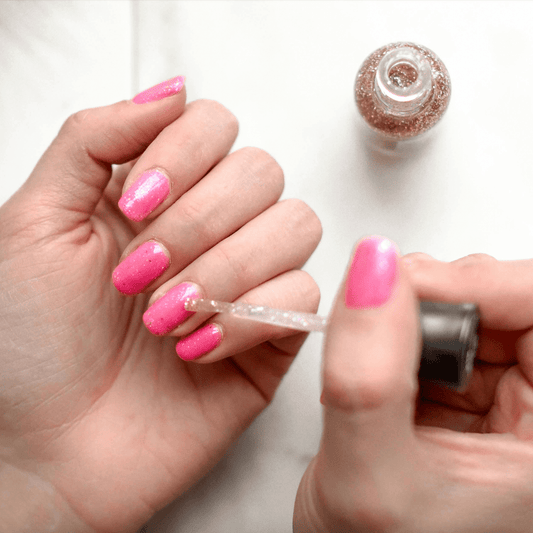 Have you ever wondered what happens during your menstrual cycle?
Have you ever wondered what happens during your menstrual cycle?
Many people think that the length of a menstrual cycle is the number of days you bleed - or get your period.
But your menstrual cycle is actually the number of days from the start of one period until the next. And during this time, a lot happens in your body.
So in this blog, let's understand what menstruation is, and what happens during your menstrual cycle and why.
firstly: what is a menstrual cycle?
The menstrual cycle is the time from the start of one menstrual period to another.
It is the process of preparing your body for a potential pregnancy, and later getting rid of unneeded tissues if you don’t get pregnant.
This cycle is usually about 28 days, but varies from person to person as everyone’s bodies are different.
In fact, only about 15 % of women have a 28 day cycle - and anything between 21 and 35 days is considered a normal cycle length.
what are the four phases of the menstrual cycle?
To explain the menstrual cycle, let’s break it down into its four phases:
-
Follicular Phase: This is when your ovaries prepare themselves to release an egg, and simultaneously your body starts regrowing its endometrium lining in preparation for fertilisation. The average number of days for this phase is between 12 to 14 days.
- Ovular Phase: Your ovular phase is when you’re most fertile, as this is when your egg travels through the fallopian tubes into your uterus - ready to be fertilised. This phase lasts between 12 to 24 hours.
- Luteal Phase: In this phase your unfertilised egg starts to dissolve and your endometrium lining stops growing as your body realises that it no longer requires it. This is the longest phase of your menstrual cycle and lasts for 10 to 14 days.
- Menstruation: This is when you get your period. Your body sheds the endometrium lining that has grown around your uterus in preparation for a potential pregnancy, but is no longer needed. This phase lasts between 4 to 7 days.
Now that you’ve gotten an overview about how a menstrual cycle works, let’s dive into the details phase-by-phase!
phase 1: follicular phase

As soon as your period ends, your uterus begins to prepare itself to receive a fertilised egg.
Your brain signals the release of oestrogen which will start building your endometrium lining in preparation for a potential pregnancy.
At the same time, an egg starts preparing itself to travel from your ovaries to the uterus.
Your eggs live in sacs called ‘follicles’, and go through several months of maturation before they are ready to be released.
When your brain stimulates your ovary to start releasing an egg, an egg will start to burst out of a cyst-like opening.
This can feel a little uncomfortable as the cyst releases a little fluid into your pelvis - and in fact 3% of people even see a little bleeding at this time.
Fun fact: Your eggs start forming when you’re still in your mothers womb! When you start puberty, your body has about 300,000 eggs. These reduce over time and by the age of 30, on average you have 100,000 eggs left. Crazy, right?
phase 2: ovular phase

This phase is when the eggs are released from your ovaries. These eggs are super tiny - about 1/10th of the size of a poppy seed!
The eggs travel through your fallopian tubes and meanwhile, the lining of the uterus gradually gets thicker so it can support the development of a potentially fertilised egg.
If the egg gets fertilised, it will implant itself in the uterus and the person is pregnant.
You can only ovulate once during each menstrual cycle — but you can release more than one egg, which is in fact how you get non-identical twins!
phase 3: luteal phase

If the egg is not fertilised with sperm, it will slowly begin to dissolve.
This causes a drop in both oestrogen and progesterone, which are required for your endometrium lining to grow.
Since your lining is no longer required because you’re not pregnant, and it’s also no longer receiving the hormones it needs to grow, it starts to prepare itself to shed.
This causes the onset of your period, and your menstrual cycle starts again.
phase 4: menstruation

We’ve all heard that menstruation is when you get your period, but have you ever wondered, what exactly happens during menstruation?
On the first day of your period your uterus starts to shed its endometrium lining through your vagina.
Your endometrium lining is a blood tissue that grows around your uterus every menstrual cycle and thickens in preparation for a foetus.
The reason there is blood during your period is because your endometrium lining that is built up over the month contains a network of blood vessels that are meant to feed your pregnancy.
Menstruation will usually last around 3-7 days and can be managed using period products such as pads, tampons or menstrual cups.
frequently asked questions
What is a period?
Your period is your body shedding your endometrium lining. Your body needs to get rid of this lining as it is not required unless you’re pregnant.
How many days does a normal period last?
On average, a period lasts from about 3-4 days up to a week. Any period that lasts between 3 and 8 days is considered healthy.
If you’re someone that experiences extremely long or heavy periods then you should consult a doctor.
What causes the menstrual cycle to change dates?
It is completely normal for your menstrual cycle to change as you go through hormonal changes throughout your menstruating years.
In fact, it’s common for teenage girls to only have periods every two or three months, as during puberty your hormone cycles are still synchronising.
Similarly, as you come closer to menopause, you have fewer eggs left and are less likely to ovulate as easily.
So menstrual cycles are typically most regular in your twenties and thirties during your most fertile years.
Why is menstruation important?
Menstruation is important as it helps your body prepare for a possible pregnancy and maintain the health of your reproductive system.
Are there any menstrual cycle precautions I should know about?
While it is completely normal for your menstrual cycle to fluctuate at different stages of your life, it is good to keep track of your period so you can understand your own body.
This information particularly helps you plan a pregnancy or decide on contraceptive methods if you’re sexually active.
If you feel that you’re experiencing extremely irregular periods and feeling menstrual cycle symptoms that aren’t familiar, it is best to consult a gynaecologist to understand what might be going on.
What happens after the menstrual cycle?
This is a trick question! Because when one menstrual cycle ends, another begins.
What are some things to do during menstrual cramps to reduce them?
Do you experience bad menstrual cramps during your period? Well you’re not alone!
Period cramps can be super painful and annoying, but there are ways to manage them.
Read this blog on how to get rid of period cramps for some tried and tested suggestions.
